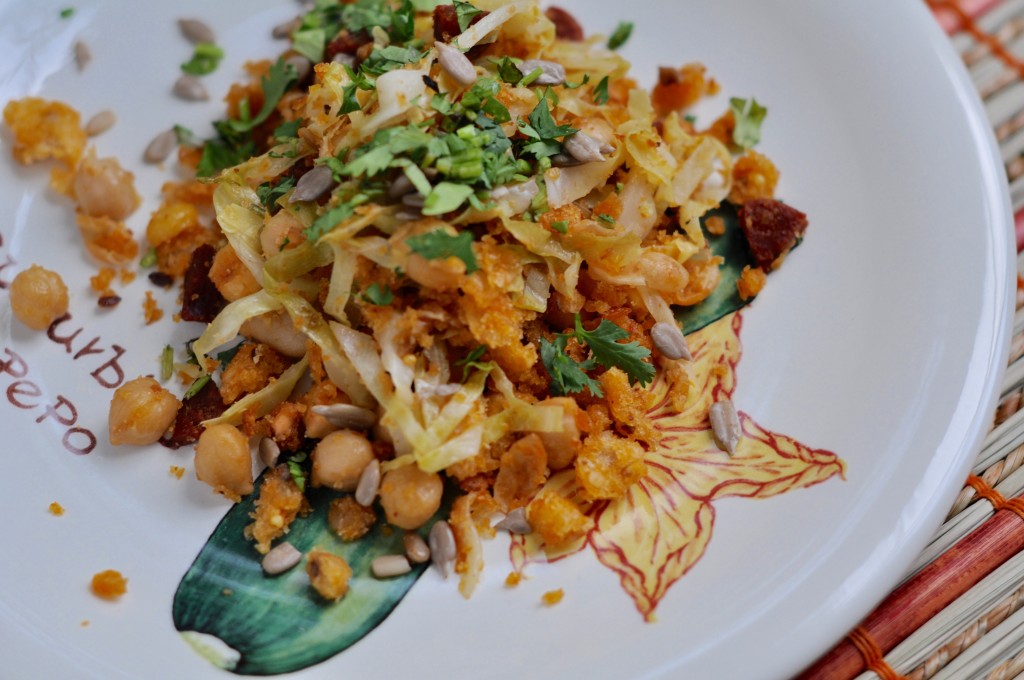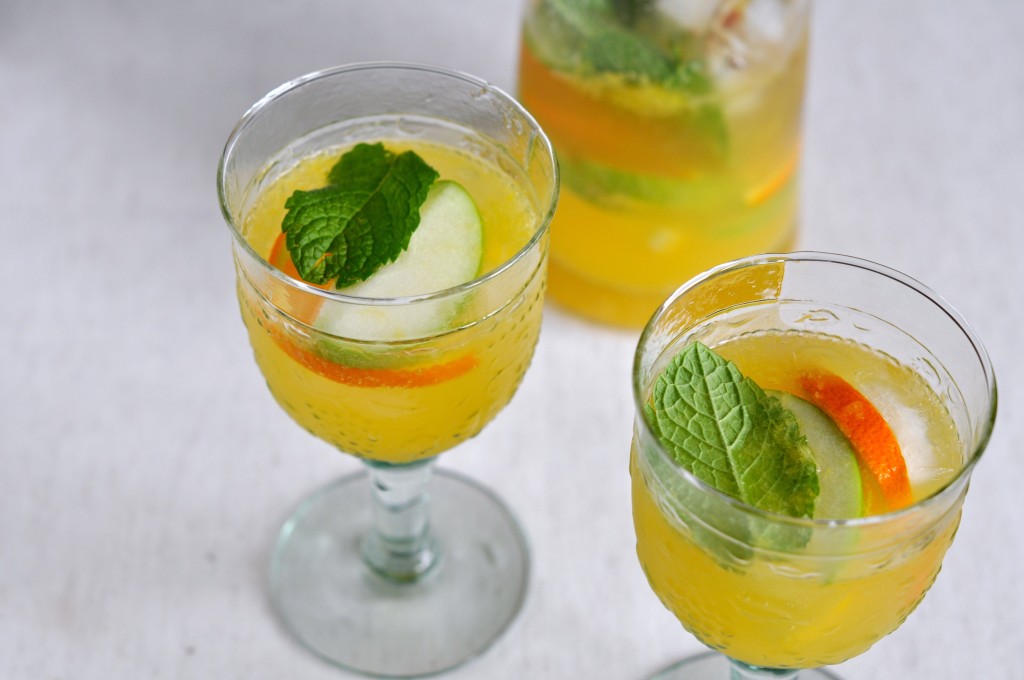I love croquettes, they take me down memory lane and remind me of when I used to walk home from secondary school and stop at the local grocery to get some, which I would finish off by the time I got home. They were the best croquettes I have ever eaten but sadly that grocery store is no more. The memory lives on, however, and I will continue making croquettes in search of that perfect taste and texture.
Archives
One of the staple foods of Portugal is salted cod or ‘bacalhau‘, as we call it. It may well be THE staple food. The tradition of eating salted cod is at least 500 years old and we pride ourselves in preparing salted cod in hundreds of different ways. Literally hundreds, and some claim thousands. Cod is the only fish the Portuguese don’t eat fresh and somehow the tradition has stuck to the point that buying fresh cod in Portugal is hard if not impossible but buying any other fresh sea creature that can be eaten is easy. We love our fresh fish but we wouldn’t have our cod any other way!
‘Migas’ are a traditional Portuguese and Spanish dish that was created by shepherds who, as they went to the fields to look after their flock, had little more than stale bread and wild garlic to cook with. The story goes that the tradition stands and that they still cook the dish today.
This is so traditional Portuguese/Spanish, even the sterner connaisseur of Iberian foods would agree. And it’s proper peasant food! Is there anything more authentic? As usual, garlic and olive oil feature abundantly and it is surprisingly simple to make.
If you ever find yourself throwing away the bones, skin and remains of a roast chicken, roast chicken thighs or wings, stop! Approximately one hour separates you from that moment and a delicious chicken broth that will feel like a warm hug.
Throw those bones, skin and chicken debris in a pan with a few vegetables and olive oil, add water and small pasta, let the heat do its magic and you will be suitably rewarded. It really is that easy.
White sangria is a bit of a paradox, because the word ‘sangria’ comes from the word ‘sangre’ meaning blood in Spanish, to refer to its red colour as it is usually made with red wine. But white sangria is a lovely thing, especially when the weather is warmer and it accompanies seafood dishes perfectly. Or served at a BBQ. Or just because. It now features as prominently in our lives from May to October as Pimms and lemonade with strawberries and cucumber.
This is an essential recipe to have. Tomato sauce can be used in an infinity of dishes from pasta sauces (on its own or with other ingredients, like cream), meatballs, pizza, roasted or braised meats, stews and even fish dishes. This one is really easy and can be frozen. That means that you can make a batch and divide into individual portions for freezing and use as you need it.
Green eggs (called ‘green’ because of the parsley) was something I used to eat all the time as a child. They are strangely addictive and if you think 3 eggs per person (what you find within a man-sized omelette) is a lot, think again. That’s 6 halves per person and I unashamedly admit that is a normal portion of green eggs for me.
This is a traditional Christmas dessert I have grown up with. It’s a kind of Pain Perdu (or French Toast), soaked in a sweet syrup with cinnamon. The main difference is that Pain Perdu is soaked in egg and ‘Rabanadas’ are soaked in milk and then coated in egg. And one is mostly eaten at breakfast, whilst the other is a dessert. They are usually fried and the syrup is mainly made of sugar and cinnamon. My Mum and I decided to make some changes and make them slightly healthier by cooking the ‘Rabanadas’ in the oven and adding some interest to the syrup. For this, we took inspiration from a recipe from one of my favourite blogs (As Minhas Receitas) by a wonderful Portuguese cook, called Joana Roque. We made some changes to the syrup, the main one replacing the raisins (because they’re not my favourite thing) with chopped dried figs (which are one of my favourite things).









